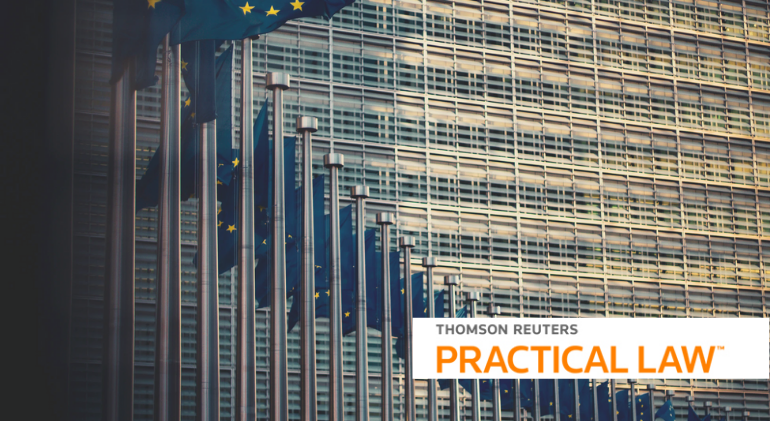

In the process of gradually aligning its legislation with the EU acquis the Government of the Republic of Serbia adopted two bylaws on 11 March 2021 in the field of state aid, complementary to the recently adopted new State Aid Control Act. All this adds value to the start of talks on the Chapter 8 – Competition Policy of Serbia’s negotiation process and may speed up Serbia’s EU accession.
This regulation is designed to promote economic development of the least developed regions or the development of regions with a high level of unemployment. It also allows state aid to support the development of certain economic sectors in Serbia. There are two types of regional aid: (i) regional investment aid, granted for initial investments related to the establishment of new enterprises, capacity expansion, production diversification and significant changes in the production process and (ii) regional operating aid, granted for reducing the operating costs of undertakings operating in sparsely populated areas.
Enterprises obliged to recover the already granted aid, businesses in difficulty and those active in coal, steel and synthetic fibers sectors are excluded from the scope of the Regional Aid Regulation.
Furthermore, two scenarios may be distinguished: (i) general conditions applicable to all types of regional State aid and (ii) special conditions for investment projects exceeding the maximum intensity per this regulation, investment projects in the shipbuilding industry, regional aid scheme aimed at a limited number of specific economic sectors and regional operating aid granted in addition to the already granted regional investment aid.
For the former, two requirements must be observed – transparency and effect of the incentive, whereas for the latter, five additional requirements are in line – contribution to a well-defined objective of common interest, need for State intervention, suitability of the aid, proportionality of the aid and avoidance of undue negative impact on competition and trade between Serbia and EU Member States.
The Regional Aid Regulation sets out a detailed methodology for establishing the maximum intensity for eligible costs of investment, coupled with a complex formula to calculate the maximum aid intensity for large investment projects. The methodology is dependent on the percentage of eligible costs in NUTS level 2 regions and GDP per capita relative to the EU-27 average, Serbia being considered an area with a GDP per capita of less than or equal to 45% of the EU-27 average until a regional aid map is drawn up.
De Minimis Regulation provides for conditions and criteria of granting de minimis aid, determining the upper limit of the amount thereof, cumulation and obligations of grantors and beneficiaries. This type of aid is deemed to have no impact on competition in the market and on trade between Serbia and EU Member States. The upper limit is set to RSD 23 million (approximately EUR200,000) during three successive fiscal years. In addition to direct grants, de minimis aid can also be in the form of subsidies, subsidised interest rates on loans, recapitalisation, risk measures in the form of equity, loans, and guarantees.
This Gecić Law article was previously published by Thomson Reuters/Practical Law.